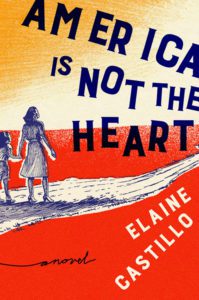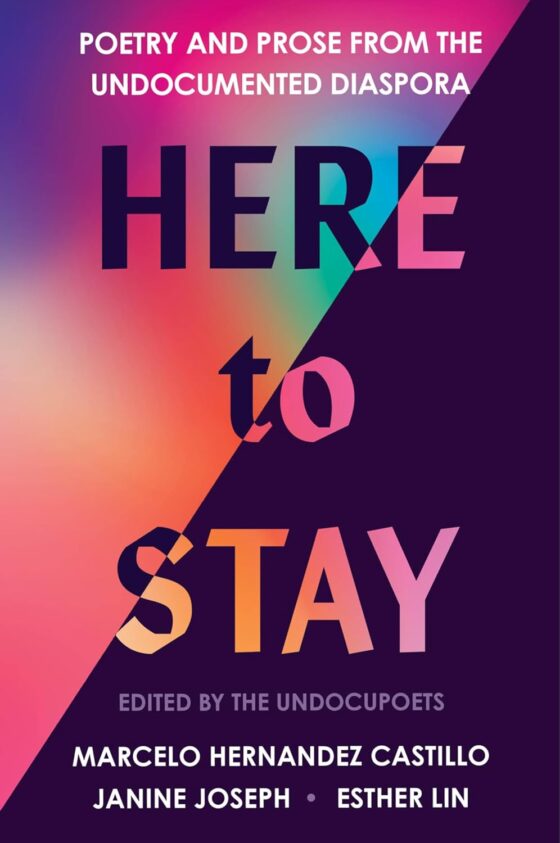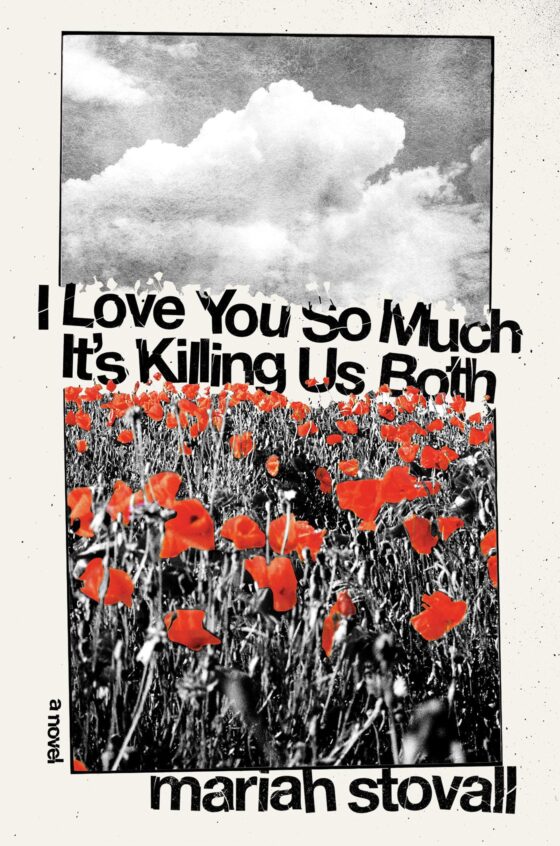
Elaine Castillo’s debut novel, America Is Not the Heart, tells the captivating story of a Filipinx family living abroad in the shadow of the Philippines’ dictatorial Marcos regime. The protagonist, Hero De Vera, is a former communist rebel faced with yet another new life—this time, in Milpitas, California. She moves in with her uncle, Pol De Vera, a blue-blooded surgeon turned security guard, his wife, Paz, an immigrant nurse responsible for her family’s survival and their American-born daughter, Roni, a dark-skinned, eczema-ridden nine-year-old. Caring for Roni becomes Hero’s entry into the Filipinx-American borderlands—an expansive yet often overlooked facet of American culture. As she moves through this liminal space, Hero struggles to maintain a cohesive sense of self as her fragmented past becomes de- and re-contextualized in the everyday fabric of her new life.
Castillo interweaves her characters’ personal stories with the concealed histories of an empire, the United States, and its neo-colony, the Philippines, as well as the subjects that move between them. Paz, not unlike the 7,000 Philippine citizens who leave the country every day, moves abroad in order to provide material support for her family through remittances and a pathway to foreign citizenship. Pol, on the other hand, comes from the wealthy, landowning De Vera family. He joins Paz in the Bay Area as the resistance movement against Dictator Marcos grows, in fear of political repercussion for his close ties with the Marcoses. Hero, although also a De Vera, chooses a path that diverges from her uncle’s.
As a youth, Hero drops out of college and joins the New People’s Army (NPA), fighting in opposition to the government that Marcos represents. Later, she leaves the country, too, joining Pol, Paz, and their daughter Roni in their Milpitas home. While Paz and Pol work, Hero becomes responsible for taking care of Roni after school. She’s first tasked with taking Roni to a local faith healer to treat her eczema. From there, they’re sent to meet another healer, Lola Adela, at her small, family-owned Filipino restaurant. At the beauty salon next door, Hero and Roni meet Lola Adela’s granddaughter, Rosalyn, a Philippine-born, (proudly) Bay Area-raised makeup artist. As Hero reckons with her past, her new life begins to unfold in her daily routine with Roni, spending hours at the restaurant, eventually becoming a part of Rosalyn’s social circles. Castillo’s storytelling carries with it a decolonial potential as she lingers in the borderlands, shifting, for example, between the present urgency of Roni’s playground fights, to harrowing details of American occupation in the Philippines. In doing so, she disrupts boundaries of time and geographical location, connecting the characters’ everyday lives to the collective histories of the Philippine diaspora. The novel is both a sweeping family saga, and a fervent reflection of the Filipinx-American borderlands.
Castillo is careful not to offer simple solutions to complex problems. Her characters maintain a nuanced relationship with the collective history of the Philippine diaspora, shifting between tacit acceptance and avoidance. In an attempt to separate her past life from the present, Hero often turns to silence. At times, this is a choice that comes from the gulf between the last twelve years of her life in the Philippines and her life in Milpitas. In other moments, Hero simply chooses silence as a means of avoidance—of her own privileged class status or the torture she faced at the hands of the Philippine military. As she builds her new life in the Bay Area, the parts of herself that she kept hidden are revealed. The people who come to know Hero intimately, though they carry their own silences, draw attention to what she leaves unspoken, pushing her to say more. As her relationship with Rosalyn develops, Hero finds herself sharing a piece of her past life for the first time in the novel.
There was something else to discover, then—another of the funny, dug-deep, wrenched-open, torn things: it was possible to say it, just like that, in four sentences, easy, short, in a backyard with someone she’d known for only a couple of months. Bones shivering, clenched up, still not used to the new weather, hurt thumb inside the flesh of something sticky.
Castillo refuses to participate in the homogenization of Filipinx heritage, as evidenced by her weaving together English, Tagalog, Pangasinan, and Ilocano throughout the novel. She draws on the rich linguistic diversity of the diaspora, rather than engaging in the colonialist convention of erasing all languages other than English. In the same vein, Castillo cleverly re-appropriates discourse of civilization and savagery, destabilizing the colonial power dynamics embedded in the terms.
America Is Not the Heart offers Filipinx-Americans the gratification of being seen, and a way of seeing. Lines as explicit as, “like your mother’s heels, desert-cracked,” are unexpectedly gripping; they portray an intimate detail that binds many of us together, in the context of a literary world that works to marginalize our stories. What sets America Is Not the Heart apart, however, is its refusal to unsee the uncomfortable, implicating legacies that many Filipinx-Americans participate in. While not centered, they are woven throughout the story, impossible to untangle from the narrative. The novel’s first sentence, “So you’re a girl and you’re poor, the worst combination, but at least you’re light-skinned—that’ll save you,” forces the reader to grapple with the complexities of identity. Rather than offering a utopian vision for the future, Castillo uses fiction to reveal the influence of the past on the present and the role silence plays within our communities, creating a blueprint for seeing the complexities present in the intimacies of our daily lives.




